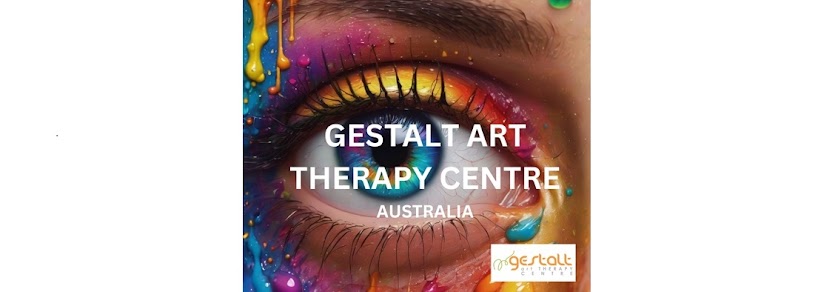Judith Scott
ART BRUT or OUTSIDER ART
(by Beverly Kaye)
In Roger Cardinal's seminal book "Outsider Art" published in 1972, he describes a "fantastic excursion into a world where hermits, madmen, dropouts, innocents and spiritual fanatics create their own widely imaginative art." Certainly, not all Outsider Art as we use the term today, is the product of the insane. It is, however, filled with "a profound strangeness and integrity...worthy of study, contemplation, and collection" (S.Farber). In Cardinal's book the term Outsider Art is used only on the cover. The text inside calls this work "Art Brut", as it is widely known in Europe. The term refers to an art that is raw, meaning "uncooked by society". It was first recognized and saved by astute psychiatrists associated with European mental institutions, specifically Dr. Hans Prinzhorn and Dr. Leo Navratile. In the 1940s, Prinzhorn notified his friend Jean Dubuffet, an artist and collector, about the extraordinary work being created at the institution. Dubuffet was deeply influenced in his own work by the art he saw, and he also began to put together a collection which included some of these works, later to become known as the "Collection de l'Art Brut". However, it is important to note that artistic masters are as infrequent in the "normal" population, as they are among the mentally ill. Dubuffet sent his collection of 1000 outstanding works of art to his friend and fellow artist, Ossorio, in East Hampton, Long Island, hoping a home for the collection could be found in the United States. This was never to come about, and the art was eventually returned. The final resting place for the collection is now in Lausanne, Switzerland.
While the art was abroad, Dubuffet's collection expanded. He continued to discover works that were not done by institutionalized patients, but were similar in feeling. Some, but not all of these creators were social isolates, eccentrics, and obsessives. These works were placed in what Dubuffet called his "Annex" collection. The criteria he used was an intensity of expression, freedom from cultural influences (almost an impossibility these days), working in isolation, and driven only by an intense need to create. This would be a close description of some of the artists whose work I represent. Early trauma also produces a distinct vocabulary in artists who choose, or are driven, to revisit old wounds (see ART and TRAUMA below).
Because of advanced medications available today, far fewer people live out their lives in psychiatric hospitals. And our unconscionable cutbacks in state funding for these facilities have put many of the mentally ill back on the street with prescriptions that don't often get filled. It saddens me to uncover the fact that up to the year 1815, the Hospital of Bethlem in London (where we get the word "bedlam"), exhibited "Lunatics" for a penny every Sunday. And they counted 96,000 visitors a year!
In Hogarth paintings in the 18th century, depicting interiors of "Insane Asylums", look carefully and you will see Outsider Art painted on the walls. I mention this in rebuttal to all the articles referring to Outsider Art as if it were a new discovery. In the United States the term has come to hold too many meanings. The umbrella has become too large, and encompasses so many types of art that the good is in danger of being banished with the bad. For instance, mentally ill "schooled" artists have produced work that is vastly different from the body of work done in healthier periods. Their artistic training didn't disappear. But to describe the art as being simply self-taught is also absurd. Nor is this art done solely by the mentally ill, as Dubuffet later discovered. How have we come to name a type of art by describing the artist as opposed to describing the art? My personal interest lies in discovering and witnessing the art, and trying to peel away the many layers of meaning at the heart of each work. I then attempt to present both this extraordinary work, and its creators with the dignity and respect they so richly deserve. There is no art sold by diagnosis here. There are clear indications that this art will be absorbed into the wealth of strong and exceptional 20th and 21st century work, and the need for uncomfortable adjectives to describe it will diminish.
ART and TRAUMA
Early trauma produces a distinct vocabulary in artists who choose, or are driven, to revisit old wounds. We all have an inner voice that counsels us day and night. When trauma occurs, especially at an early age, that voice goes silent. No words exist that can adequately describe the horror of the event. In place of this inner voice there is now a living, palpable void, which can forever shape the tenor of a person's life. Dr. Leonard Shengold called this type of early trauma "Soul Murder" in his book by the same name.
If the survivor turns to art for expression, this void can show itself in various ways. Holes might be punched through a painting or a drawing. A negative space is sometimes incorporated into a piece of sculpture. In powerful self-portraits created by an artist who was traumatized as a child, dark circles in thick oil paint are explained as "stomach aches". These circles unconsciously represent the void created by the silence of the inner voice. One can also find dramatic pauses in music or cadence changes in poetry. (Credit to Drs. Dori Laub and Gilbert Rose)
When such a person turns to art, there is a chance that the emotions surrounding the trauma will be revisited, possibly for the first time since the trauma itself. These emotions might not be readily apparent to the artist, but their emergence in the art will allow for an opportunity for these feelings to be witnessed and acknowledged. Healing can begin on levels that might still be subliminal, but the process can begin. Art therapy does not necessarily require a classroom.

